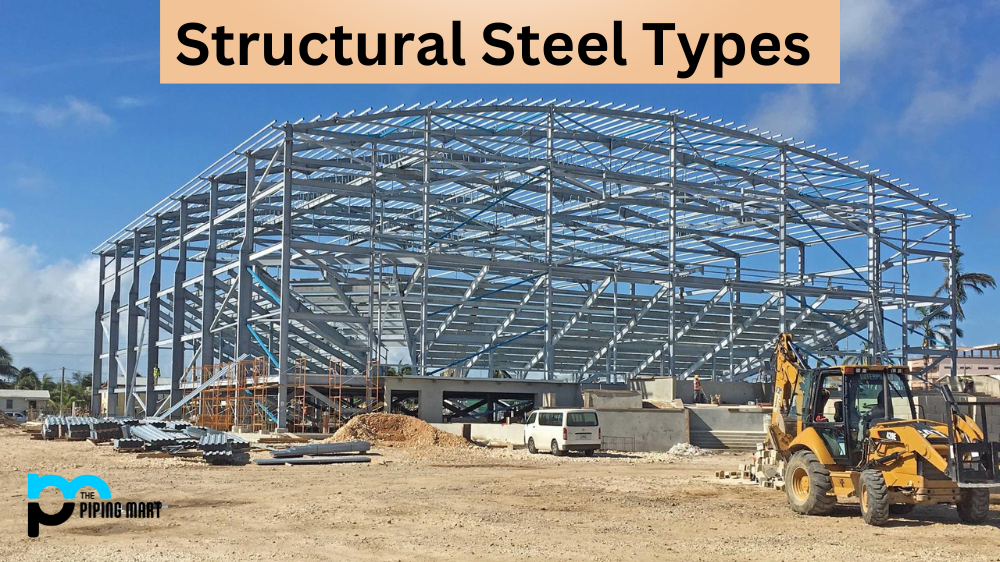Structural steel is a type of steel used in construction for the production and fabrication of structures. It is the most commonly used material for bridges, buildings, and large-scale infrastructure projects. Structural steel is generally divided into four categories, which vary based on their chemical composition and strength levels: carbon structural steel, alloy structural steel, high-strength low-alloy structural steel, and ultra-high-strength structural steel. Knowing the different types of structural steels can help you choose the right one for your project.
Types of Structural Steel
Carbon Structural Steel
Carbon structural steel is composed of iron and carbon atoms with a carbon content ranging from 0.05% to 0.25%. It has relatively low tensile strength but offers excellent weldability and machinability properties. Carbon structural steels are often used for building frames and applications where good ductility is required.
Alloy Structural Steel
Alloy structural steels are composed of iron, carbon, silicon, manganese, sulfur, phosphorus, and other elements in small quantities. This type of steel has higher tensile strength than carbon steel but lower than high-strength low-alloy (HSLA) or ultra-high strength (UHS) steels. Alloy steels are commonly used in automotive components as well as construction materials due to their durability and strength properties.
High Strength Low Alloy (HSLA) Structural Steel
High Strength Low Alloy (HSLA) structural steels are composed of iron with a small amount of other alloying elements, such as copper or chromium, added to improve its mechanical properties. HSLA steels have higher tensile strengths than conventional alloy steels but also have improved formability characteristics making them ideal for use in automotive components or other applications where weight savings are important.
Ultra High Strength (UHS) Structural Steel
Ultra High Strength (UHS) structural steels are composed mainly of iron with small amounts of other alloying elements such as molybdenum or titanium added to increase its tensile strength even further – up to 3 times that of conventional alloy steels! UHS steels offer superior durability compared to conventional alloys but are more expensive due to their specialized production process, making them best suited for aerospace or military applications where weight savings need to be maximized without sacrificing performance or safety standards.
Structural steel uses
- Structural steel is a versatile building material that can be used in a wide variety of applications.
- Structural steel is strong and durable, making it an ideal material for constructing buildings and other structures.
- Structural steel is resistant to fire and pests, making it a good choice for constructing homes and other buildings.
- Structural steel is easy to work with, making it a popular choice for construction projects.
- Structural steel is recyclable, making it an environmentally-friendly building material.
- Structural steel is available in a variety of grades and sizes, making it a versatile building material.
Conclusion
Structural steel is an essential component in any construction project due to its strength and versatility properties – no matter if it’s a bridge, a skyscraper, or an aircraft hangar! There are several types of structural steel available on the market today, each with their own unique set of characteristics depending on your specific application needs – from the economic carbon structures all the way up to ultra-high-strength varieties designed for extreme conditions like aerospace engineering projects! Knowing which type suits your particular job best will save you time money, so make sure to research thoroughly before deciding what type is right for you!

Pipingmart is a B2B portal that specializes in metal, industrial and piping items. Additionally, we share the latest information and information about materials, products and various types of grades to assist businesses that are involved in this business.




